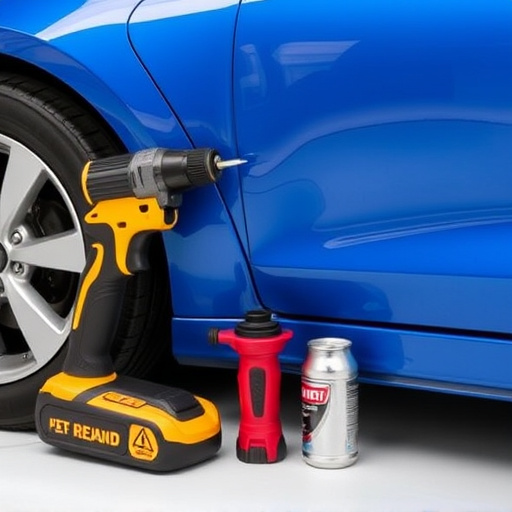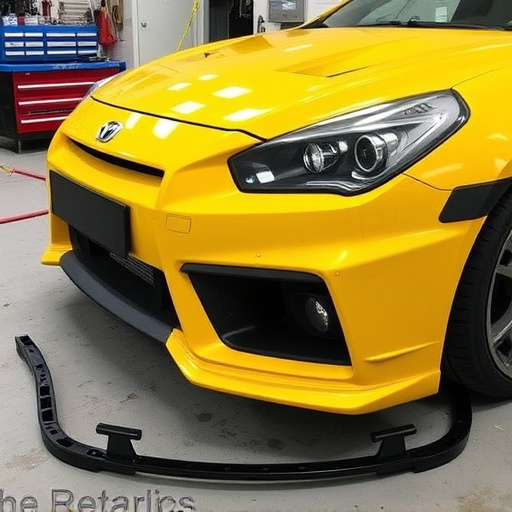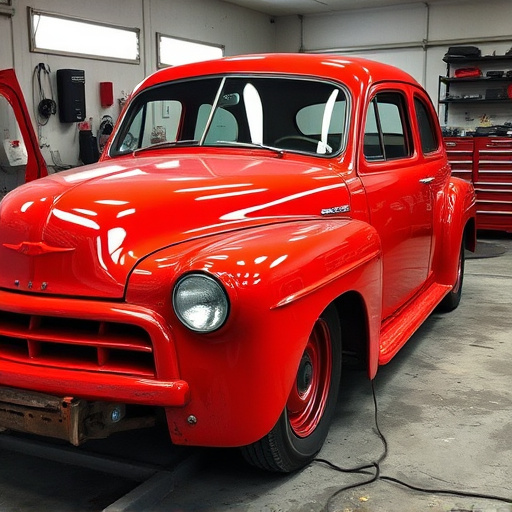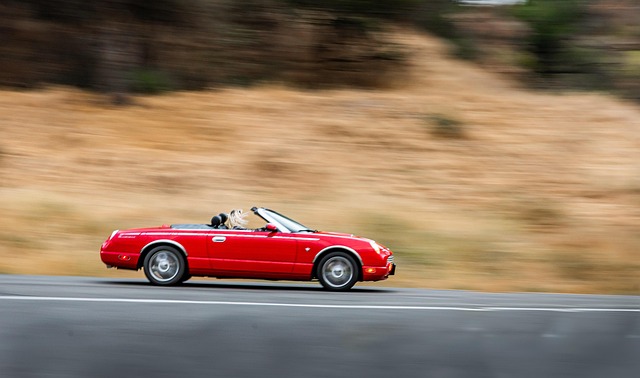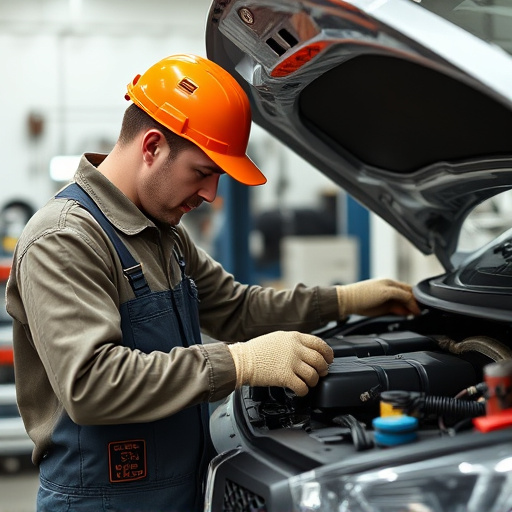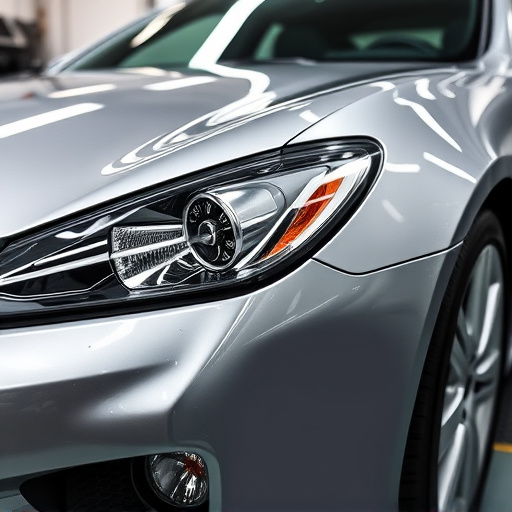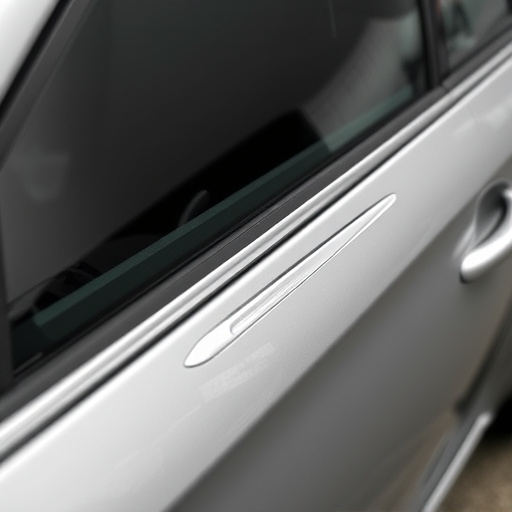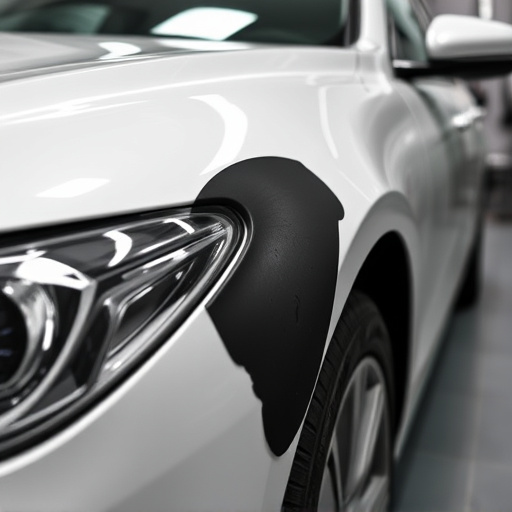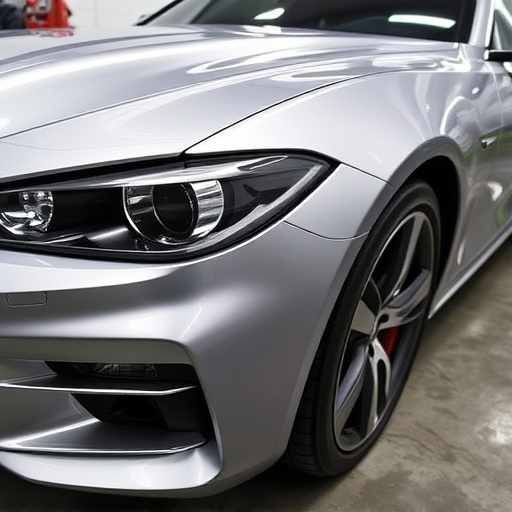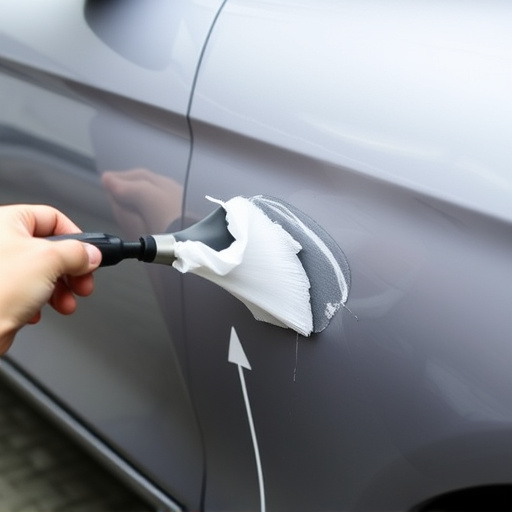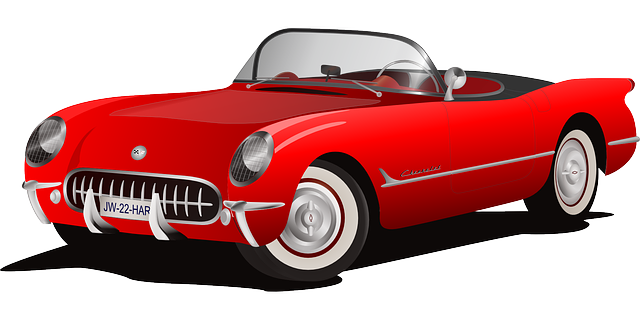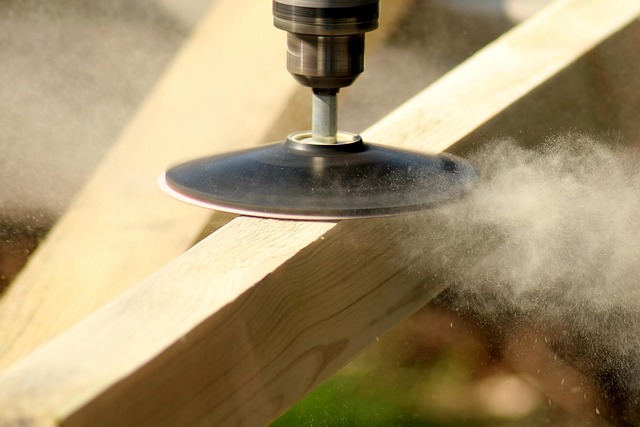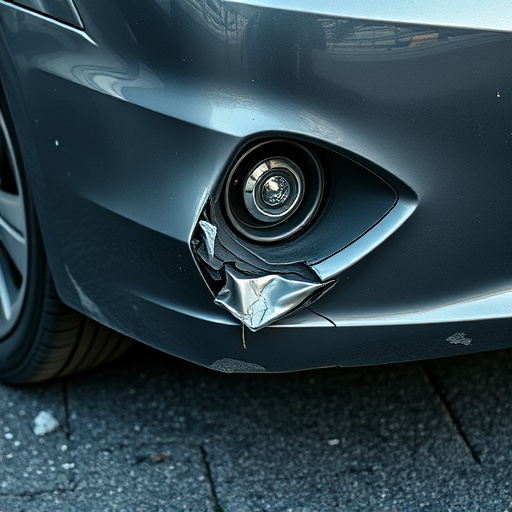Preparing surfaces thoroughly, using degreaser and filling defects, is crucial for successful metallic paint repair. Select high-quality automotive metallic paint and tools like soft nap rollers or airless spray guns. Meticulously attend to details during application for a flawless finish, sanding gently first and applying even coats.
Learn how to achieve a flawless, smooth metallic finish with this guide to metallic paint repair. From preparing the surface for application to selecting the right tools and paints, we break down the process step-by-step. Discover techniques to overcome common challenges and create a professional-looking, durable metallic finish on your next DIY project. Master the art of metallic paint repair and transform your space with style.
- Prepare Surface for Metallic Paint Application
- Choose the Right Metallic Paint and Tools
- Techniques to Achieve Smooth Metallic Finish
Prepare Surface for Metallic Paint Application
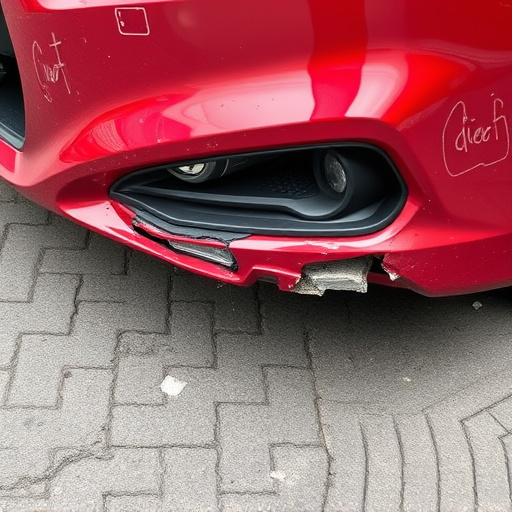
Before applying metallic paint repair, ensuring your surface is properly prepared is paramount. Start by thoroughly cleaning the area to be repaired using a degreaser or automotive soap designed for removing grease and grime. This step is crucial as any contaminants can hinder adhesion of the new paint. Once cleaned, inspect the surface for any defects like scratches or dents; fill these with an appropriate body filler and sand smooth before proceeding.
Next, priming the metal is essential for achieving a durable finish. Use an automotive primer designed for metallic surfaces to create a clean canvas for your paint job. Ensure even coverage by using a fine-toothed brush or a spray gun, allowing the primer to dry according to the manufacturer’s instructions. This foundation is key in ensuring your metallic paint repair not only looks good but also lasts longer, especially when considering services like car paint repairs or vehicle repair services.
Choose the Right Metallic Paint and Tools

When undertaking metallic paint repair, selecting the correct materials is paramount to achieving a seamless finish. Opt for high-quality metallic paint designed specifically for automotive applications. These paints offer excellent coverage and durability, ensuring long-lasting results. Choose a shade that closely matches your vehicle’s existing color for a flawless blend.
Complementing your choice of paint are specialized tools essential for smooth application. Invest in good-quality paint rollers with soft nap or use airless spray guns for precise, even coating. For intricate details and hard-to-reach areas, consider fine-tipped brushes. Proper preparation of the damaged surface is key to successful paintless dent repair (PDR) techniques like car dent removal, ensuring the new paint adheres securely without imperfections.
Techniques to Achieve Smooth Metallic Finish
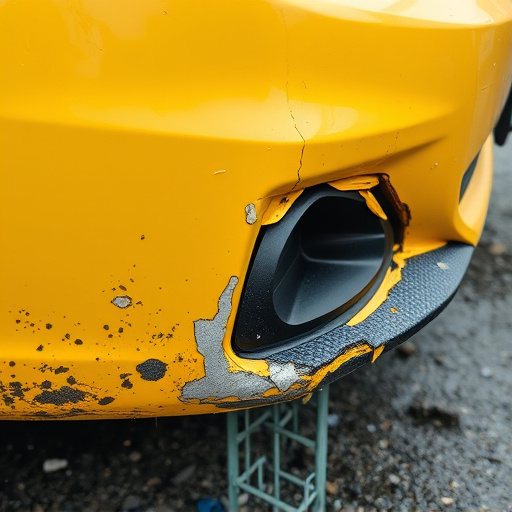
Achieving a smooth metallic finish requires careful technique and practice. Begin by ensuring your surface is clean and free of any debris or dust. A thorough preparation process includes sanding the area gently to create a slightly rough texture, which aids in paint adhesion. Using fine-grit sandpaper, lightly buff the surface until it feels smooth to the touch, removing any remaining imperfections.
Next, apply an even coat of metallic paint, allowing it to dry completely. For a seamless finish, consider using a spray gun for precise application. If you’re using a brush, take your time and ensure consistent coverage. A second coat may be necessary to achieve the desired depth of color and shine.
Repairing and achieving a smooth, metallic finish requires careful preparation and the right tools. By first ensuring your surface is ready and selecting high-quality metallic paint and applications methods, you can transform damaged areas into a stunning, seamless addition. Mastering techniques like wet-on-wet application and using specialized tools will help you achieve professional results that last.
